7 'facts' you learned in school that are no longer true
THEN: Pluto is a planet

THEN: Diamond is the hardest substance
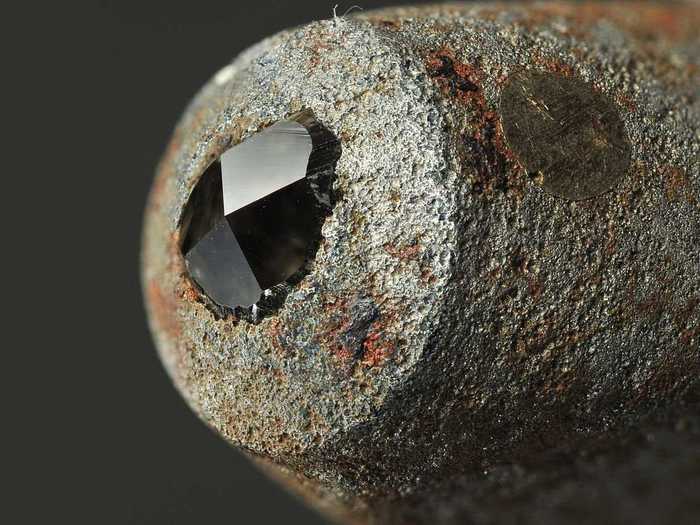
NOW: Ultrahard nanotwinned cubic boron nitride is the hardest substance
We've known about two substances harder than a diamond since 2009: wurtzite boron nitride and lonsdaleite, according to Scientific American. The first resists indentation with 18% more fortitude than a diamond, and the second — a whopping 58%.
Unfortunately, both substances are rather unusual and unstable in nature. In fact, the study's authors, published in the journal "Physical Review Letters," only calculated the new substances' hardness, instead of actually testing it using a tangible specimen. That makes the discovery a bit theoretical.
But another contender was published in the January 2013 issue of the journal Nature. In the simplest terms, researchers compressed boron nitride particles to form "ultrahard nanotwinned cubic boron nitride." They simply re-organized the particles like an onion, or a flaky rose, or those little Russian dolls that fit inside one another, as the team explained to Wired.
As a result, expect women everywhere to start asking for ultrahard nanotwinned cubic boron nitride engagement rings. Because those really are forever.
THEN: Witches in Salem were burned at the stake

NOW: They were actually hanged
Even if you didn't read Arthur Miller's "The Crucible" in high school, you probably learned somewhere that the townspeople of Salem burned witches at the stake.
But that never happened, according to Richard Trask, a town archivist for Danvers (formerly known as Salem Village.) He also chaired the Salem Village Witchcraft Tercentennial Committee from 1990 to 1992 and wrote a book detailing the time period called "Salem Village Witch Hysteria."
At the time of the trials, New England still followed English law, which listed witchcraft as a felony punishable by hanging — not burning at the stake, Trask said. In Europe, however, the church labeled witchcraft heresy and did tie up suspected practitioners and light them on fire. You can see where the confusion started.
THEN: Israelite slaves built the pyramids
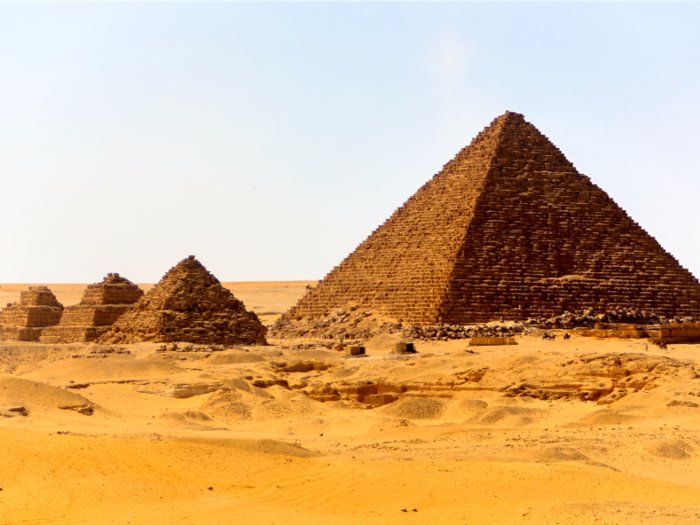
NOW: Egyptians workers built the pyramids themselves
Even movies like "The Prince Of Egypt" perpetuate the idea that slaves built the pyramids. Although many think the Bible tells us they did, the book doesn't mention the story specifically.
This popular myth reportedly stems from comments made by former Israeli Prime Minister Menachem Begin when visiting Egypt in 1977, according to Amihai Mazar, professor at the Hebrew University of Jerusalem.
"No Jews built the pyramids because Jews didn't exist at the period when the pyramids were built," Mazar told the AP.
Recent archaeological finds actually show that Egyptians built the pyramids themselves. Workers were recruited from poor families in the north and south but were highly respected, earning crypts near the pyramids and even proper preparation for burial.
Slaves wouldn't have been treated so honorably.
THEN: Folding a piece of paper more than seven times is mathematically impossible.
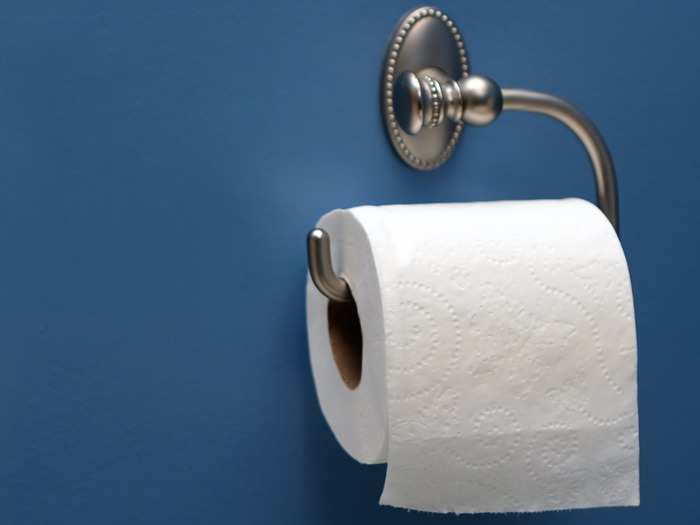
NOW: The record stands at 13.
Whether in art class or science, this rumor definitely spread among the masses. But Britney Gallivan, a California high school student, didn't bite.
She, with some volunteers, bought a giant, $85 roll of toilet paper and proceeded to blow everyone's mind by folding it a surprising 11 times. She realized everyone else who tried had been alternating folding directions, and even developed an equation, based on the thickness and width of the specific paper, explaining why you shouldn't.
Gallivan was a keynote speaker at the 2006 National Council of Teachers of Mathematics convention. She graduated from the University of California, Berkeley with a degree in Environmental Science in 2007. And since then, she's appeared on MythBusters.
In 2012, students at St. Mark's School in Southborough, Massachusetts, broke Gallivan's record, folding paper 13 times.
THEN: The Great Wall Of China is the only man-made structure visible from space.
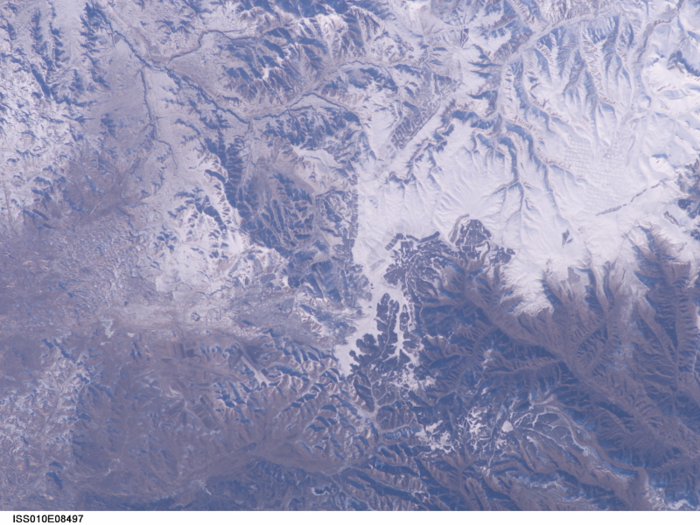
NOW: Many man-made places are visible from space.
Technically, this wasn't ever a solid "truth" — just a fact third-graders ubiquitously included in their class reports and diorama presentations. In fact, rumors that you can see the landmark, not only from a spaceship, but all the way from the moon, date back as far as 1938.
In 2003 though, the first Chinese astronaut finally shattered the myth.
The party responsible, a man named Yang Liwei, admitted he couldn't see the Great Wall from space, according to NASA.
Other photos surfaced here and there. The consensus became that you can, indeed, catch glimpses of the Wall but only under the right conditions (snow on the structure) or with a zoom-capable camera. You can also see the lights of large cities — and major roadways and bridges and airports and dams and reservoirs.
The moon factoid, however, is totally wrong.
"The only thing you can see from the Moon is a beautiful sphere, mostly white, some blue and patches of yellow, and every once in a while some green vegetation," Apollo 12 astronaut Alan Bean told NASA. "No man-made object is visible at this scale."
To further clarify, people probably mean these structures are visible from satellites orbiting Earth — but that's not actual space.
THEN: Five (or three) kingdoms of classification exist.
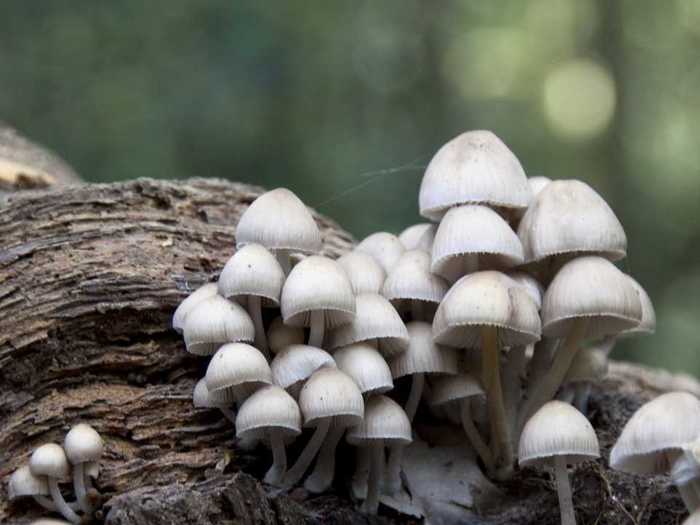
NOW: There might be as many as eight kingdoms.
Depending when you grew up, your middle school science teacher probably lectured about three main kingdoms of life — animals, plants, and bacteria (monera) — or five, including fungi and protists, too.
Either way, we've expanded our classification of life since then.
The more species we find and analyze, the more complex labeling life becomes. In addition to the five kingdoms above, we now know of archaea, previously thrown under monera. Archaea superficially look like other one-celled organisms called eubacteria, but they're completely different.
Even larger systems exist which further divide eubacteria into two more kingdoms or separate chromista from all the other protists.
In the U.S., however, we stick with six: plants, animals, protists, fungi, archaebacteria, and eubacteria.
Christina Sterbenz contributed to a previous version of this story.
Popular Right Now
Advertisement